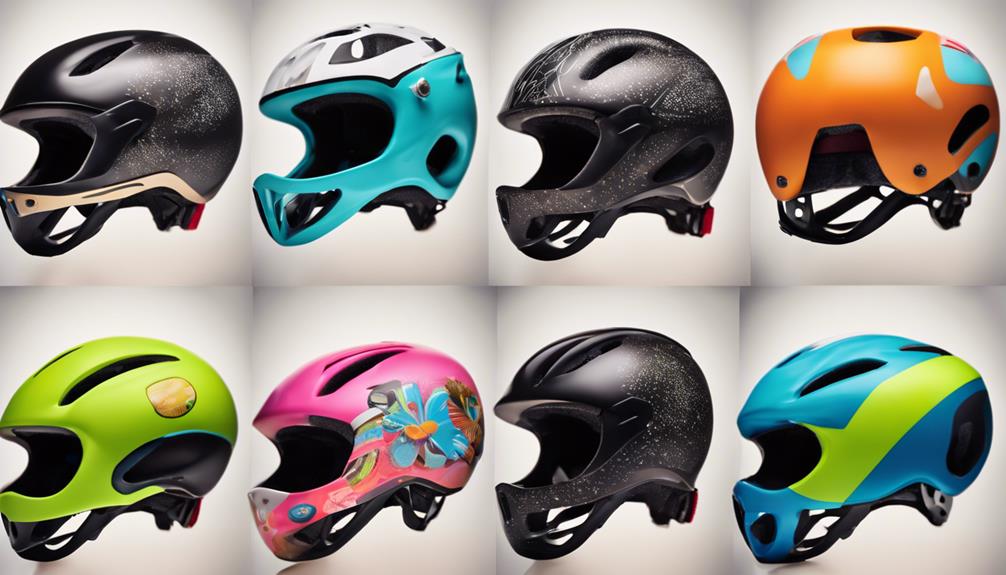Choosing the right bicycle can be a daunting task, especially with the diverse options available in the market today. Whether you are a seasoned cyclist or a beginner, understanding your needs and preferences is crucial in making an informed decision. This detailed guide will walk you through the essential factors to consider when determining what bicycle you should get, ensuring you select the perfect ride that suits your lifestyle and cycling goals.
Understanding Different Bicycle Types
Before diving into the specifics of what bicycle should I get, it’s important to familiarize yourself with the various types of bicycles available. The primary categories include road bikes, mountain bikes, hybrid bikes, and cruiser bikes. Each type serves a unique purpose and is designed for different terrains and riding styles. Road bikes are lightweight and optimized for speed on paved roads, while mountain bikes are built to handle rough terrains and off-road trails. Hybrid bikes offer a blend of both, catering to casual riders who might traverse both city streets and light trails. Cruiser bikes, on the other hand, are designed for comfort and leisurely rides. Understanding these categories will help you narrow down your options based on your cycling intentions.
Assessing Your Riding Style and Purpose
Identifying your riding style is a fundamental step in answering the question, “what bicycle should I get?” Think about how you plan to use your bike. Are you looking to commute to work, embark on weekend adventures, or participate in competitive cycling events? If you plan to use your bicycle for daily commuting, a road bike or hybrid bike may be ideal, providing speed and efficiency on urban roads. Conversely, if your goal is to explore rugged trails and mountainous regions, a mountain bike would be the better choice. By clarifying your intended use, you can significantly streamline your selection process.
Setting a Budget for Your Bicycle Purchase
Your budget is a crucial factor when determining what bicycle should I get. Prices can vary widely based on the type of bike, brand, and features. Entry-level bicycles typically start around $300, while high-performance models can exceed $3,000. It’s essential to establish a budget that reflects your cycling needs and financial capabilities. Remember that investing in a quality bike often pays off in terms of durability and performance. Additionally, don’t forget to allocate funds for necessary accessories, such as a helmet, lights, and maintenance tools. Setting a clear budget will help you make a more informed decision without overspending.
Choosing the Right Frame Size
Once you have decided on the type of bike and set a budget, the next step is to ensure you choose the right frame size. The frame size can significantly impact your comfort, efficiency, and control while riding. Most manufacturers provide size charts based on your height and inseam measurements. It’s always best to test ride a few bicycles to see how they feel. A well-fitted bike will enhance your riding experience, reduce the risk of injuries, and improve your overall performance. If you’re unsure about the right size, consider consulting with a professional at a local bike shop for personalized advice.
Considering Additional Features and Components
When pondering what bicycle should I get, it’s also important to consider the various features and components that come with different models. Key components to evaluate include the gear system, brakes, and suspension. For instance, if you’re looking for versatility, a bike with multiple gears will allow you to tackle various terrains more easily. Similarly, disk brakes are generally more efficient than traditional rim brakes, especially in wet conditions. If you plan to ride on unpaved trails, a bike with good suspension will enhance your comfort and control. Assessing these features will further refine your selection process and help you find a bike that meets your cycling requirements.
Researching Brands and Reading Reviews
Another pivotal step in deciding what bicycle should I get involves researching different brands and reading reviews from other cyclists. Some brands have built a reputation for quality and innovation, while others may not meet your expectations. Online forums, cycling communities, and review websites can provide valuable insights and recommendations. Pay attention to feedback regarding durability, comfort, and customer service. By doing your research, you can make a more informed choice and potentially avoid common pitfalls associated with lesser-known brands.
Testing Before You Buy
After narrowing down your options, it’s crucial to test the bicycles before making a final decision. Most local bike shops offer test rides, allowing you to experience how different models feel. Pay attention to aspects like comfort, handling, and ease of use. This hands-on experience can be invaluable in determining what bicycle should I get. If you’re purchasing online, look for retailers with a good return policy, so you can exchange or return the bike if it doesn’t meet your expectations. Ultimately, testing is a key step that can make a significant difference in your satisfaction with your new bicycle.
Conclusion: Making the Right Choice
In conclusion, determining what bicycle should I get requires careful consideration of various factors, including the type of bike, your riding style, budget, frame size, features, and brand reputation. By following the steps outlined in this guide, you can ensure that you make a well-informed decision that aligns with your cycling goals and enhances your overall experience. Remember, a quality bicycle can be a long-term investment in your health and happiness, so take your time to choose wisely. Happy cycling!
